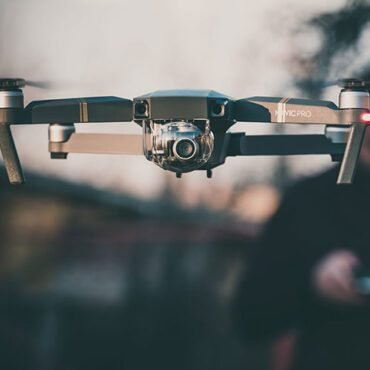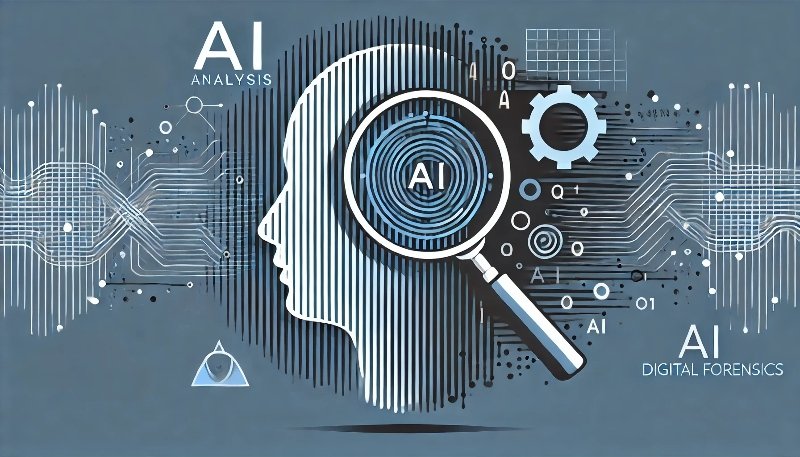The Future of Digital Forensics: AI and Machine Learning Applications
Digital forensics has always been at the heart of modern investigations, helping law enforcement, corporations, and cyber experts uncover hidden evidence from computers, smartphones, cloud services, and networks. With cybercrimes becoming more complex and the volume of digital data growing exponentially, traditional methods often struggle to keep up.
This is where Artificial Intelligence (AI) and Machine Learning (ML) are reshaping the future of digital forensics. By automating processes, analyzing massive datasets, and even predicting patterns of criminal activity, AI and ML provide new dimensions of speed, accuracy, and scalability in forensic investigations.
In this blog, we will explore how AI and ML are being applied in digital forensics, their benefits, challenges, and what the future holds.
1. Why AI and Machine Learning in Digital Forensics?
Digital investigations involve examining terabytes of data, analyzing logs, and filtering through emails, chats, videos, and documents. Human experts, though skilled, are limited by time and resources.
-
Data Explosion: The global data volume doubles every two years, making manual investigations impossible.
-
Advanced Cybercrime: Threat actors use sophisticated techniques like deepfakes, malware, and encrypted communications.
-
Need for Speed: Courts, law enforcement, and organizations demand faster results without compromising accuracy.
AI and ML fill this gap by enabling automation, pattern recognition, anomaly detection, and predictive analytics.
2. Key Applications of AI and Machine Learning in Digital Forensics
a) Automated Evidence Processing
AI algorithms can automatically scan digital storage, classify files, detect duplicates, and prioritize potentially relevant evidence. This reduces the workload of forensic investigators.
b) Anomaly and Intrusion Detection
Machine learning models analyze network traffic and system logs to detect unusual patterns, helping forensic teams quickly identify malware infections, insider threats, or unauthorized access attempts.
c) Deepfake and Multimedia Analysis
With the rise of manipulated videos and synthetic voices, AI-powered forensic tools can detect pixel-level inconsistencies, audio distortions, and metadata tampering to verify authenticity.
d) Predictive Forensic Analysis
AI systems can forecast cyberattack trends, predict insider fraud, and identify at-risk systems before an incident occurs, shifting digital forensics from reactive to proactive.
e) Natural Language Processing (NLP) for Communication Analysis
AI-based NLP can scan thousands of emails, chats, and social media posts to detect intent, sentiment, or hidden connections between suspects.
f) Image and Video Recognition
Machine learning enhances image recognition for identifying faces, objects, or locations in large datasets, supporting criminal investigations, missing persons cases, or fraud detection.
g) Malware Analysis and Reverse Engineering
AI can analyze new malware samples, classify them based on behavior, and even suggest countermeasures faster than manual reverse engineering.
3. Benefits of AI and ML in Digital Forensics
-
Speed and Efficiency: Tasks that took weeks can be completed in hours.
-
Accuracy and Consistency: Reduces human error in repetitive tasks.
-
Scalability: Capable of analyzing massive volumes of digital evidence.
-
Proactive Security: Predicts threats before they escalate.
-
Enhanced Courtroom Evidence: AI-backed findings can strengthen expert witness testimony with data-driven evidence.
4. Challenges and Limitations
While AI brings immense potential, it also introduces new challenges:
-
Bias in Algorithms: Poorly trained models may misclassify evidence.
-
Data Privacy Concerns: Use of personal data for AI training raises ethical issues.
-
Admissibility in Court: Courts may question whether AI-based evidence meets legal standards.
-
Dependence on Technology: Over-reliance on automation may reduce critical human judgment.
-
Evolving Cyber Threats: Criminals are also using AI, leading to an “AI vs AI” cyber arms race.
5. The Future Outlook of AI in Digital Forensics
Looking ahead, AI and ML are set to become core components of digital forensic practices. Some key trends include:
-
Explainable AI (XAI): AI systems providing transparent reasoning behind decisions to improve courtroom admissibility.
-
Integration with Blockchain: Ensuring evidence integrity and chain of custody through blockchain-based verification.
-
Real-time Forensics: AI-powered tools offering live analysis during cyberattacks.
-
Collaborative AI Platforms: Shared databases where forensic experts worldwide train AI models for common cyber threats.
-
AI-driven Forensic Education: Training investigators to work alongside AI tools as forensic intelligence partners.
Conclusion
The future of digital forensics is inseparable from AI and machine learning. These technologies are not replacing forensic experts but empowering them to work smarter, faster, and more accurately. As cyber threats grow in sophistication, the forensic community must embrace AI as a powerful ally, while also ensuring ethical use, transparency, and legal compliance.
By leveraging AI’s potential responsibly, digital forensics can continue its mission of uncovering truth and ensuring justice in an increasingly digital world.





Post comments (0)